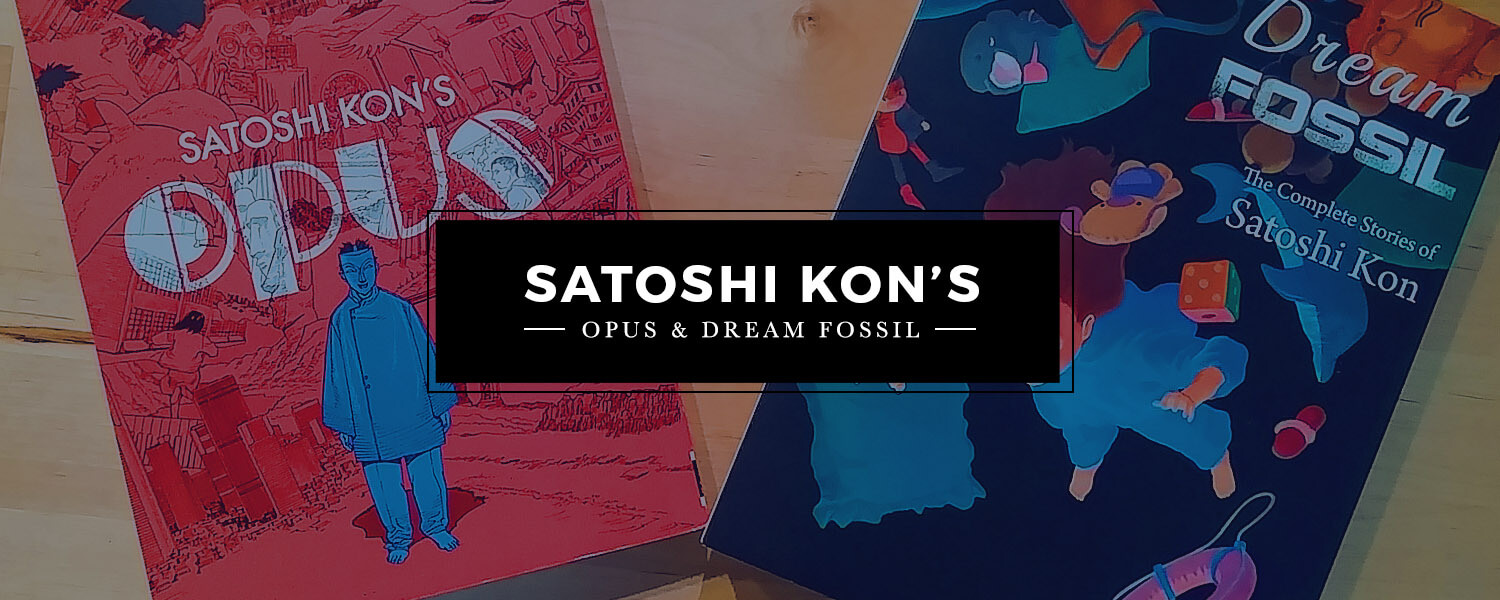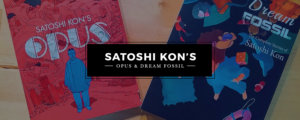KWEH!
I have been wanting to write something about Satoshi Kon’s Opus ever since I got my hands on it. More recently, I finally succumbed and bought Dream Fossil: The Complete Stories of Satoshi Kon. So I thought, “Why not write about both books?” No, this is not a review of both books. It will be more of an opinion and overview of what to expect. Warning: there will be some spoilers ahead but I will keep it to a minimum.
Who is Satoshi Kon?

Satoshi Kon (今 敏, Kon Satoshi) was born in 1963. Kon wanted to become an animator during his high school years. He made a break in manga publication during his college years with Toriko (no relation to Mitsutoshi Shimabukuro’s manga of the same name). Afterward, Kon worked under the famous Katsuhiro Otomo as his assistant.
Over the years, he worked as an animator, supervisor, art director, producer, and director of many animated films. Some of the early ones include: Patlabor 2: The Movie, Katsuhiro Otomo’s Memories, and JoJo’s Bizarre Adventure (1994 OVA).
Eventually, Kon debuted his directorial work with Perfect Blue. Then, he followed it with many amazing films and shows such as Millenium Actress, Tokyo Godfathers, Paranoia Agent, and Paprika.
Unfortunately, Satoshi Kon passed away in August 2010 due to pancreatic cancer. Kon was working on Dreaming Machine during his illness. As of writing this, the animated movie is still in production limbo due to financial problems and trying to find a director that matches Kon’s vision and ability.
Opus
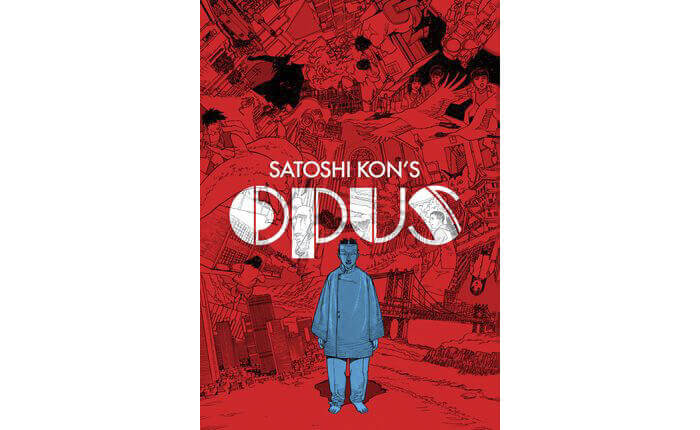
Kon worked on Opus from late 1995 to mid-1996. It is a standalone story that breaks walls and existences. Unfortunately, he had to stop working on it to focus on making Perfect Blue. As a result, the manga is unfinished but was still published by Dark Horse in the United States.
Opus tells the story of Chikara Nagai, a manga artist who is working on the resolution of his book. Somehow, his manga manuscript becomes a gateway to the world in that manga. Nagai gets sucked into it and needs to confront the main characters and the seemingly invincible villain that he created. The story gets complicated when Nagai is thrown back to his world and characters from the manga emerge from his drawings.
What do I think of Opus?
Aside from being disappointed that Kon did not finish the manga, I find it very enjoyable. The themes of metaphysics and breaking and blending mediums are not new. However, Kon infused it with his own flavor of urgency and layers of emergent authorship. Allow me to elaborate.
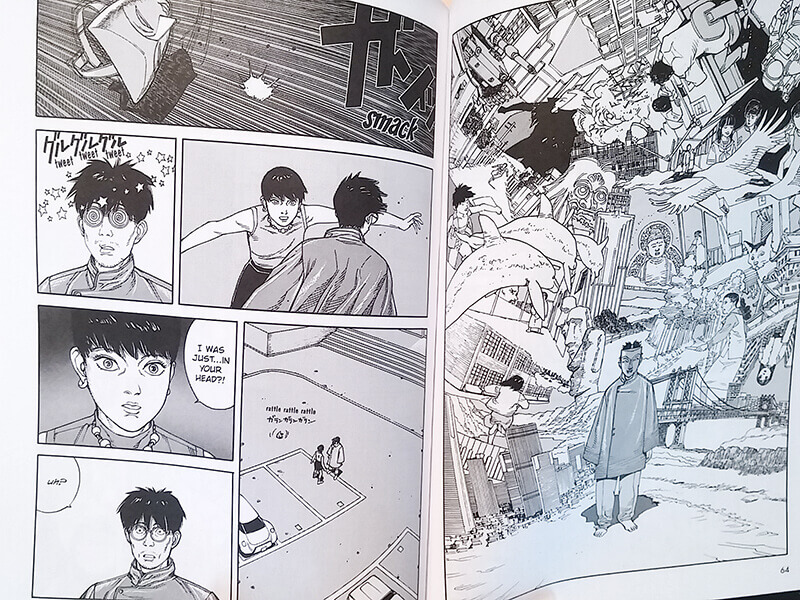
If you are familiar with Paprika, which you should be, you may find similarities between the layers of realities of the movie (dream and waking world) and Opus (characters, we the reader, and book pages). Just as boundaries in Paprika are broken and merged, so do realities in Opus. That creates one part of the tension between Nagai and the characters he created. But there is more to that towards the end of the book. You just have to find out for yourself.
About emergent authorship: Opus plays with the idea of creation. Nagai created the characters but when parts of the realities are mixed together, they have their own wills. So, who has control over whom? Does Nagai’s role as the creator dictate his creations’ course of actions? Do the characters really have control over their stories? Opus toys with this idea up to the end of the last chapter.
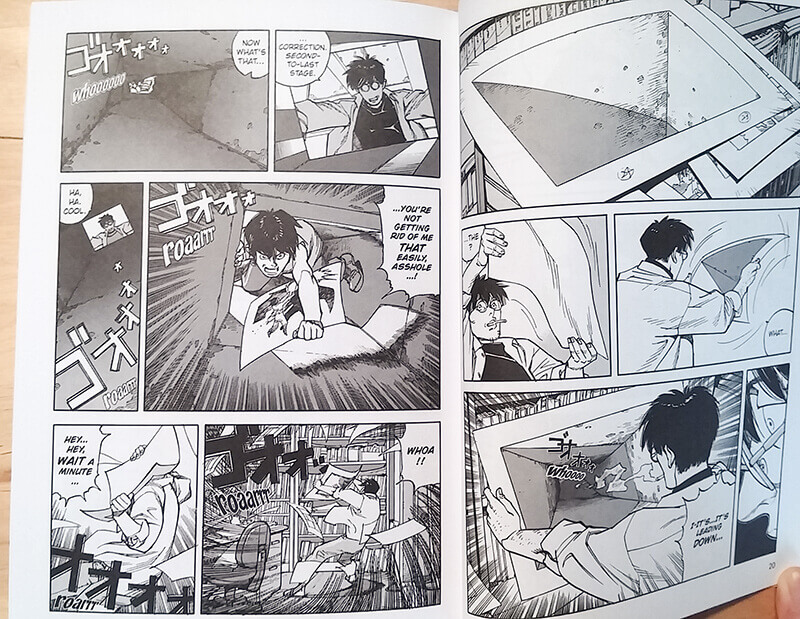
I can imagine the book being a really great animated movie.
Dream Fossil: The Complete Stories of Satoshi Kon
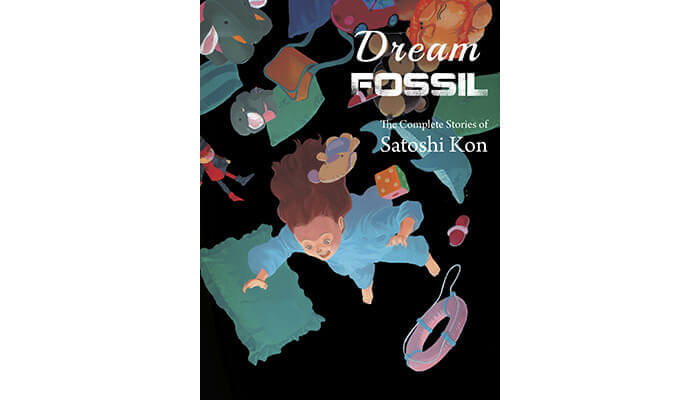
Dream Fossil is a collection of short stories by Satoshi Kon, and was originally published in Japan as Yume no Kaseki by Kodansha. Vertical Comics published it in the United States under the alternate title Dream Fossil. The publication dates of the shorts vary from 1984-1989. The book hosts 16 short manga chapters including, I think, the two Toriko chapters that Kon drew in his college years.
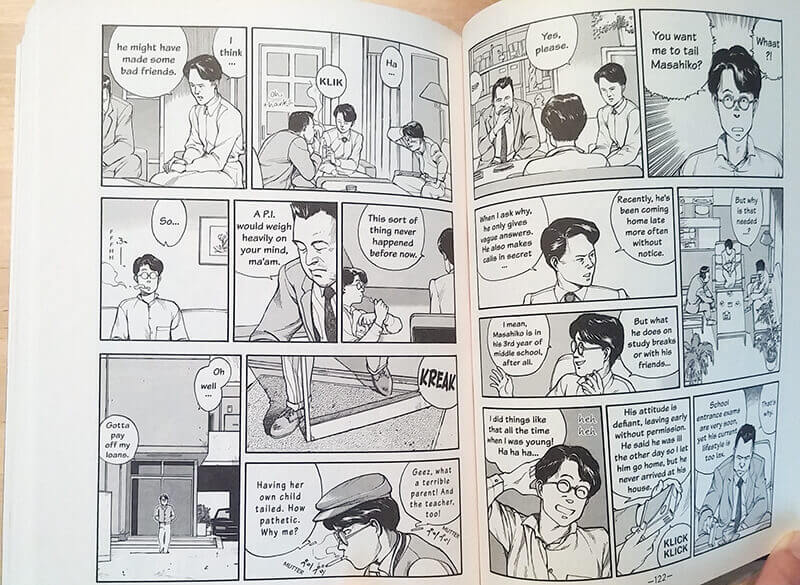
You will find various genres like romantic comedy, period drama, sci-fi, and supernatural within Dream Fossil‘s pages.
The book contains an interview with Susumu Hirasawa, an eclectic musician known to have worked together with Kon on Paprika, Millenium Actress, and more. Hirasawa talked about Kon as a person, as a fellow creative, and the unfinished Dreaming Machine. There is a part of the interview that almost made me tear up.
What do I think of Dream Fossil: The Complete Stories of Satoshi Kon?
I like some stories better than others. This is a YMMV (Your Mileage May Vary) kind of book due to the different genres. As they are short stories, many of them start around the middle of a story and escalate from there. There are some exceptions to this, of course.
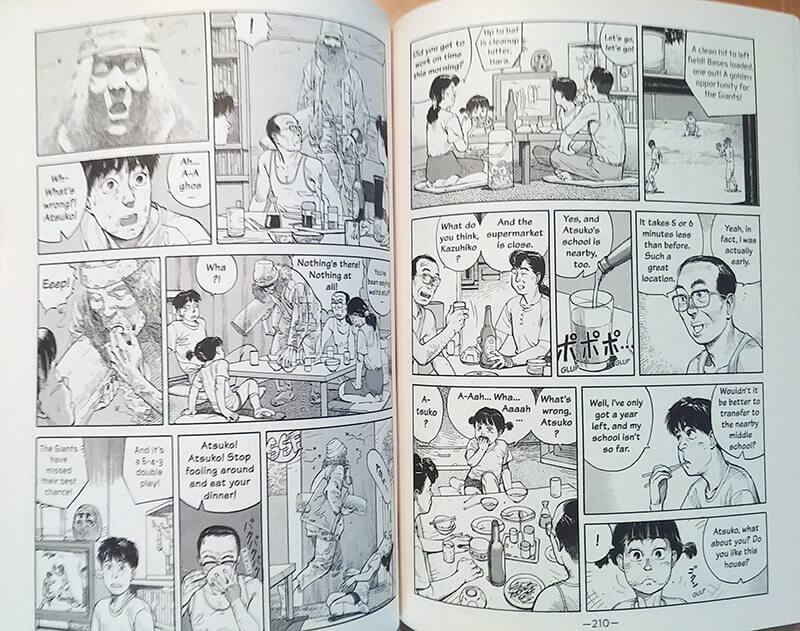
Some of the action sequences remind me of certain scenes from Kon’s movies. They share a similar style of chaos: some stumbles, some graceful athleticism, some opportunistic dodges, some comical moments, and satisfying conclusions to the ordeals. There is a certain playfulness that Satoshi Kon likes to achieve in his movies, and I can see some of the precedents of that.
In case you are curious, I enjoy these short stories in no particular order: Carve, Kidnappers, Toriko, Waira, Joyful Bell, Guests, and Beyond the Sun.
Conclusion
If you are still with me this far, I definitely recommend both books (just know what you are getting yourself into). Despite their respective imperfections, they give insights into how Satoshi Kon evolved and refined his craft over the decades.
Rest in peace, Satoshi Kon.

Featured Sponsor - JAST
The sweetest romance and the darkest corruption, the biggest titles and the indie darlings; for visual novels and eroge, there's nowhere better.
Big thank you to our supporters
From their continous support, we are able to pay our team for their time and hard work on the site.
We have a Thank-You page dedicated to those who help us continue the work that we’ve been doing.
See our thank you page